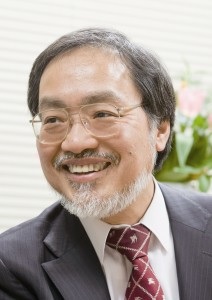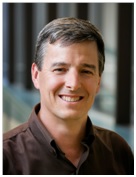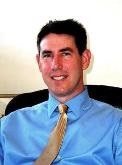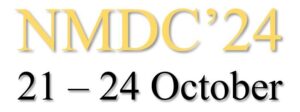Plenary Speakers
Confirmed Plenary Speakers
 Toshio Fukuda
Toshio Fukuda
Nagoya University/Meijo University, Beijing Institute of Technology
“Bio Cell Analysis and Assembly by Micro and Nano Robotic Technology”
Micro-nano robotic technology nowadays has a solid discipline, as synergetic integration of the micro and nano sensor, actuator, control, computer and material, and wide spread applications to industry and consumer in our daily life. Micro-nano fabrication, materials, assembly with evaluation leads downsizing of the products and give more economical material and energy efficiency, and more functions from the viewpoints of Green and Life innovations.
This micro-nano robotic technology can also show to give a new dimension of theory and applications in the life science, such as medical engineering, bio-engineering, bio-robotics and other areas. In particular, more active observation with micro-nano robotic manipulation has been more popular, leading new discovery and finding in bio cell analysis as well as improving the quality of life. Then it is challenging to investigate how we can construct a 3 D bio cell assembly by the synthesis approach based on the knowledge and findings of the bio cell analysis. There will be several methods to achieve this challenge. In this paper, we show some of the unique assembly methods by the DEP, hydro gel fibers and so on.
Mechanical Engineering, Biological Sciences, Biomedical Engineering, Computational Biology
Carnegie Mellon University, USA
“Planes, Trains, Automobiles… and Cells?”
Two areas that have always interested me are the mechanics of machines and the wonders of nature. My interest in mechanics, first beginning as a youth taking apart machines like lawn mowers, has intersected with my fascination with nature at the cellular and molecular levels. Here I will present how my lab has been merging mechanical engineering with biology. My lab approaches this intersection by envisioning cells and molecules as “”systems”” that can be investigated with some of the same fundamental approaches used on machines such as planes, trains, and automobiles looking for unifying principles. The biological systems range from mammalian cells to microorganisms to developmental biology systems (e.g. neurons, magnetic bacteria, energy generating bacteria, Xenopus laevis, stem cells) and we apply principles from mechanical engineering fields (e.g. solid mechanics, control theory, fluidics, heat transfer, design) to understand how these principles may apply across diverse nature-based systems. In addition, I will present in this talk our approaches of using solid mechanics in areas such as cell mechanotransduction. We pursue these goals through developing and utilizing unique custom-built systems as well as nanotechnology, microtechnology, and computational biology. These intersections are especially fascinating to me as biological systems have evolved for distinct reasons (the “”initial and boundary conditions”” are different). In addition, as an engineer, I truly am interested in building new systems from the knowledge that we obtain in a similar thought process as we use information to build new machines. Thus, I will also present how our lab thinks about nature-inspired design principles at the molecular and cellular levels to work toward generating novel approaches for contributing to technology development and medical applications. My goal for this talk is to present some of our work and thoughts about how one mechanical engineer approaches these nature-based systems at the cellular and molecular levels.
 John A Rogers
John A Rogers
UIUC, USA
“Semiconductor Nanomaterials for Transient Electronics”
A remarkable feature of the modern integrated circuit is its ability to operate in a stable fashion, with almost perfect reliability. Recently developed classes of electronic nanomaterials create an opportunity to engineer the opposite outcome, in the form of devices that dissolve completely in water, with harmless end products. The enabled applications range from ‘green’ consumer electronics to bio-resorbable medical implants – none of which would be possible with technologies that exist today. This talk summarizes recent work on this physically ‘transient’ type of electronics, from basic advances in materials chemistry, to fundamental studies of dissolution reactions, to engineering development of complete sets of device components, sensors and integrated systems. Biodegradable nerve stimulators, intracranial monitors and pacemakers provide some recent demonstrations of devices that address unmet clinical needs.



